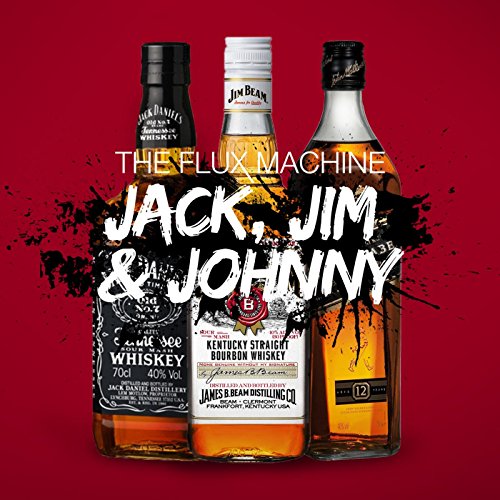I was watching a You Tube video about Top 10 items for survival. This person felt the First Aid Kit was the most important thing. I'm sure we all have first aid kits, but the thing he said that really made me question his choice was having the things you really need and use. I thought "How many times have I used a First Aid Kit?" For me other than having band aids I can count on one hand and have fingers left over the number of times I have used a First Aid Kit.
It really made me think about what I have been carrying, and what I really need. We have a well stocked medicine cabinet at home. I am not disputing the fact that you should be prepared for emergencies. Even an IFAK you keep in your car can be more complete, but something for a BOB,EDC, a GHB, how much do you really need?
It really made me think about what I have been carrying, and what I really need. We have a well stocked medicine cabinet at home. I am not disputing the fact that you should be prepared for emergencies. Even an IFAK you keep in your car can be more complete, but something for a BOB,EDC, a GHB, how much do you really need?




